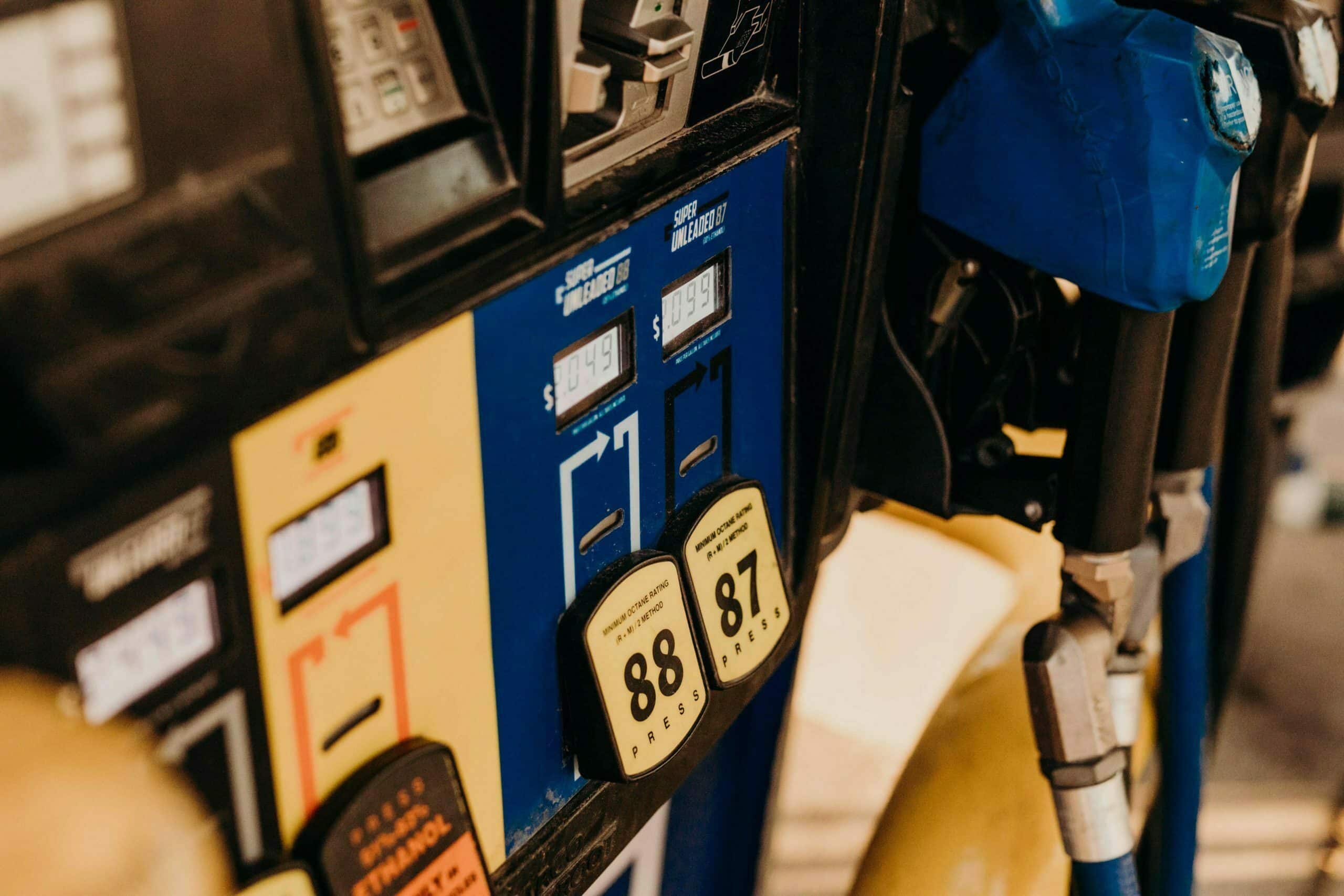As temperatures begin to rise and schools dismiss for the school year, families may soon be hitting the road to enjoy summer vacations. The month of May typically kicks off the summer driving season, and it’s also a time to celebrate Nebraska’s biofuel industries through Renewable Fuels Month. Since 2006, the acting Nebraska governor has dedicated one month out of each year to recognize the importance of renewable biofuels, such as ethanol and biodiesel.
Nationally, Nebraska ranks No. 2 in ethanol production with 25 ethanol plants across the state. The industry employs over 1,400 Nebraskans in rural areas of the state. According to the Environmental Protection Agency, ethanol is currently blended in over 95% of the nation’s fuel supply. A healthy ethanol sector boosts Nebraska’s corn and livestock industries and adds to a thriving state economy.
“As a corn and cattle farmer, ethanol is vital to my farming operation,” said David Bruntz, chairman of the Nebraska Corn Board (NCB) and farmer from Friend. “In Nebraska, 31% of our state’s corn is used in ethanol production. From the production of ethanol, we also get distillers grains, a protein-rich livestock feed for my cattle. For every bushel of corn used for ethanol, we’re able to get a cleaner-burning fuel and co-products for our value-added livestock industries.”
Each year, Nebraska’s ethanol industry produces nearly 2.1 billion gallons of ethanol, which are used locally, domestically and abroad. While ethanol supports the state’s agricultural industry and rural economies, it also benefits consumers in numerable ways.
“By using ethanol blends, consumers are really improving our environment and enhancing their engine performance all while saving money,” said Jan tenBensel, chairman of the Nebraska Ethanol Board (NEB) and farmer from Cambridge. “Ethanol is a fuel made from plants, which makes it renewable, unlike petroleum. It’s cleaner-burning and reduces the emissions of cancer-causing chemicals into the atmosphere from the tailpipe. Ethanol is also a natural octane booster, which supports overall engine performance. You would think a fuel like this would cost more, but it’s actually less expensive at the pumps.”
As environmental issues continue to spark national discussions, both ethanol and biodiesel are well-suited to combat global warming and promote cleaner air. Ethanol blends can reduce greenhouse gas emissions by up to 43% compared to regular gasoline, and biodiesel can reduce lifecycle emissions by 86% compared to petroleum-based diesel fuel.
Like ethanol, the biodiesel industry works synergistically with Nebraska’s livestock sector. A healthy biodiesel industry provides nearly $58.5 million dollars a year in aggregate benefits to beef and pork producers due to decreased meal expenses and the use of inedible tallow and white grease as a biodiesel feedstock. In 2020, 8.3 billion pounds of soybean oil was used as a feedstock in biodiesel.
“Farmers are always looking for ways to maximize overall efficiency and productivity, and the same holds true for our biofuel industries” said Eugene Goering, chairman of the Nebraska Soybean Board and farmer from Columbus. “Science and technology continue to improve, so we’re able to produce even better fuels while reducing our overall environmental impact.”
Renewable Fuels Month kicked off with the Lincoln Marathon/Half Marathon on May 2. For the third year in a row, NCB and NEB joined forces to promote ethanol to runners and spectators from all over the United States. Later in the month, Gov. Pete Ricketts will sign an official proclamation declaring May as Renewable Fuels Month in Nebraska. Additionally, several ethanol pump promotions will be held across the state. For times and locations, visit FueledByNebraska.com.
“We’re really excited about Renewable Fuels Month as we work to share the benefits of biofuels with our state and its people,” said Tony Leiding, president of Renewable Fuels Nebraska. “I encourage everyone to help us celebrate throughout the month and continue to use higher ethanol blends throughout the summer driving season.”
Throughout May, follow the Nebraska Corn Board, the Nebraska Ethanol Board, Renewable Fuels Nebraska and the Nebraska Soybean Board on social media to keep up to date with current promotions and social media contests.
Related Articles
Seven College Students to Begin Summer Internships Sponsored by the Nebraska Corn Board
As the school year comes to a close, seven talented undergraduate students are gearing up for immersive internship experiences sponsored by the Nebraska Corn Board (NCB). These internships, designed to provide hands-on professional experience, [...]


